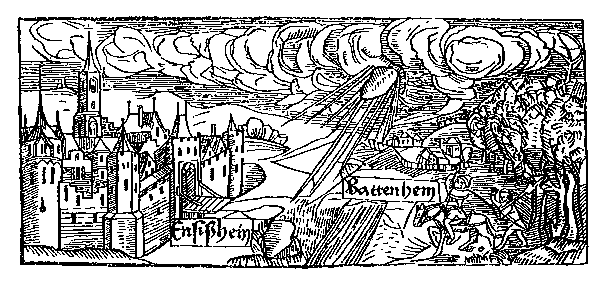In a 20mi radius around the observatory, Wi-Fi, cell phones, and microwaves are banned. Vehicles even run on diesel to prefer interference from gas-engine ignition sparks.
(the next day the observatory crew was planning to perform a routine receiver swap, a process that involved people physically climbing high on the dish itself...)
He was heading down the hall during a standard sky-scan exposure when he heard a loud crack, rumble, and crash, followed by something smashing through the ceiling.
He found a couple other staff members. One noticed the truck’s back window was smashed, with a bolt “painted like the 300 Foot” on the backseat.
Green Bank Observatory has also compiled a great collection of science papers & personal stories, including a full account of the collapse, gloriously titled "But It Was Fun"...




















